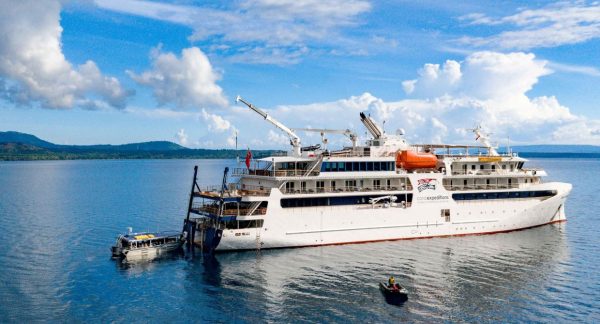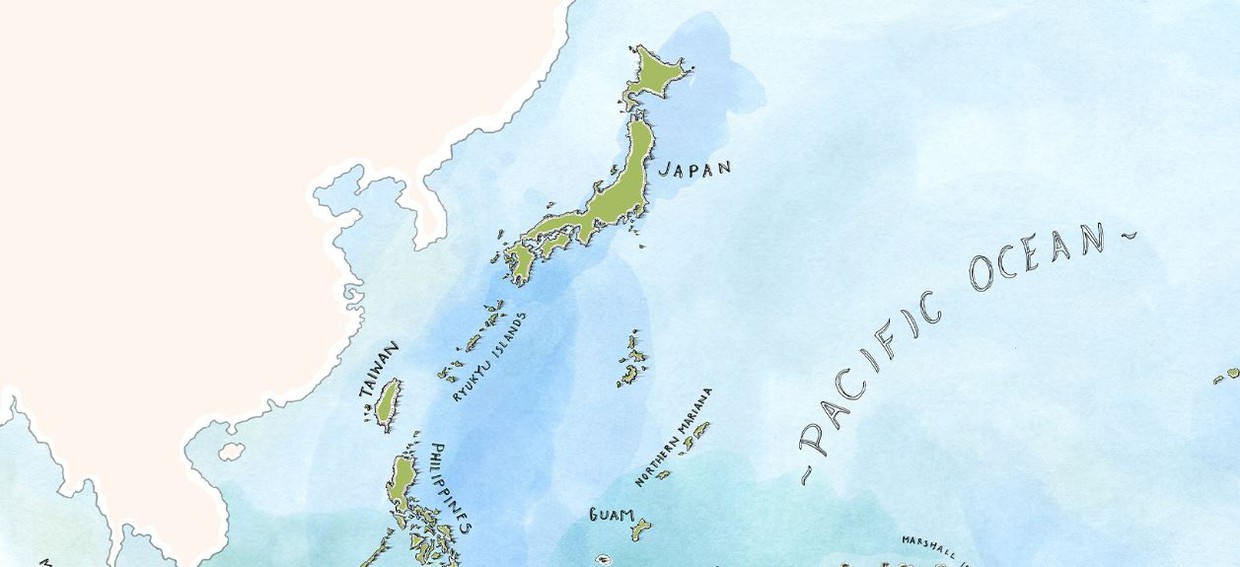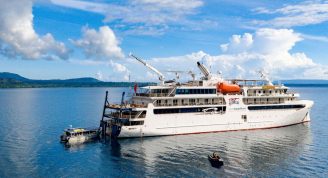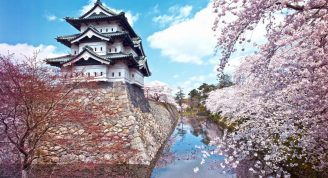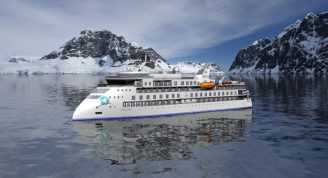Description
Discover the submerged stone structures of what’s thought to be an ancient underwater city sunk by an earthquake approx. 2,000 years ago off the coast of Yonaguni Jima. On Iriomotoe Island, the second largest island in Okinawa, take an island-hopping adventure in a buffalo-drawn cart across a shallow sandy strait as the driver sings traditional songs accompanied by a three-stringed banjo-like Sanshin musical instrument. Look for the almost extinct Iromote Yamaneko, a type of wildcat found nowhere else. Walk through UNESCO-listed thousand-year-old cedar forests and view a 25m tall giant cedar tree estimated to be up to 7,200 years old. Admire the star-filled night sky with the benefit of little light pollution from the Astronomical observation tower on Hateruma Island. Look for some of the more than 200 bird species sighted on Aguni Island while admiring traditional homes surrounded by limestone walls amidst a unique landscape formed by volcanic activity millions of years ago.


